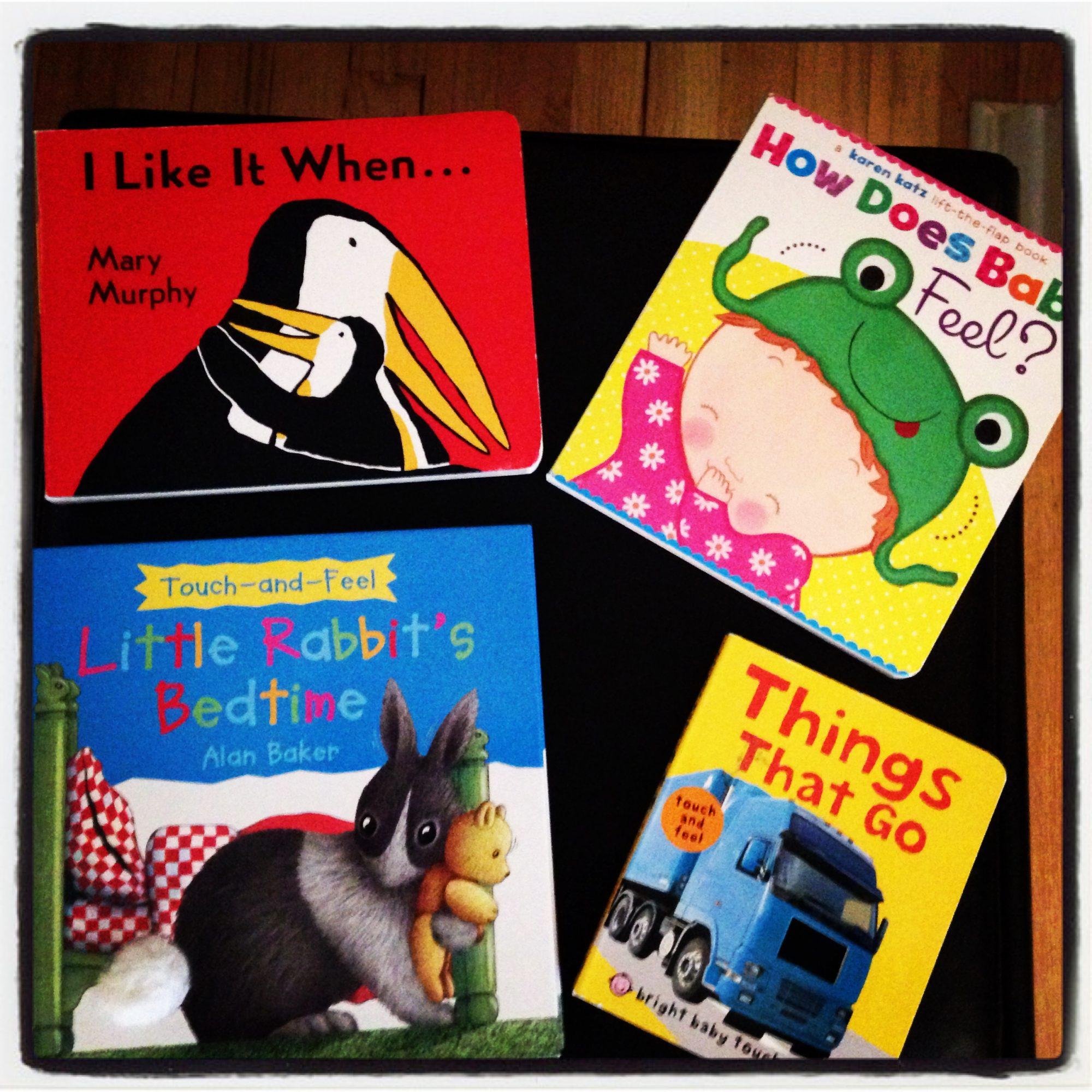Sign Up For Our E-Blast To Receive Information on our Books, Speech Therapy materials and our latest freebies!
Types of Books to Improve Your Toddler’s Language
Types of Books to Improve Your Toddler’s Language
You’re at the book store wondering what books to buy your darling 2 year old. You think to yourself:
“Well, last time Hannah really liked the Dr. Seuss book, but she tore the pages within seconds.”
“As a child, I really liked Mr. Pine’s Purple House, but when I read it to little Danny he kept moving about and wouldn’t stay still.”
“All Suzy wants me to read is that predictable and redundant Eric Carle book, there’s gotta be other books out there!”
“Oh, I’ll just buy some books on sale. What does it really matter anyway?”
“Hmmm…Jake doesn’t seem to like books at all. Maybe he’s just too young?”
As we all know, sometimes toddlers can be unpredictable and somewhat perplexing (“Why does he do that?”).If you’re unsure about the type of book to buy, allow me to help.
First off, you must know what types of books are age-appropriate. Simply stated:
Anything they can touch or pull!
Technically, such books are called moveable books and tactile books.Moveable books consist of lift the flap, pop up, and pull the tab books. Tactile books, also known as touch and feel books, are books that engage the tactile senses by allowing children to touch various types of textures (e.g. soft, bumpy, rough).
If you’re interested in getting a book that tells a short story or explains a concept like potty training or manners make sure it’s a board book. As an experienced speech and language pathologist, I’ve met very few toddlers who can read paper picture books without tearing pages. For this reason, I highly recommend board books, whose pages are thick paperboards as opposed to paper sheets.
Now let’s move onto the content. Toddlers aren’t known for having amazing attention spans (nor are they expected to!). For this reason, stay away from books that have multiple sentences on each page. Or, if they do, don’t read EVERY word on the page. Doing so, can be BORING and they can become easily distracted. If your child keeps trying to turn the page, usually it’s a sign that he or she is not really engaged (They’re hoping that the book gets more interesting!). Choose a book that has about one sentence or less on each page. One word per page may even be sufficient. The writing should be simple, straightforward, and easy to understand. The words should also describe and complement the pictures. If the story talks about a happy cat, then there should be a picture of a happy cat. Avoid complicated, superfluous language and abstract concepts. Toddlers like to read about what they know (animals, toys, cars, babies, trucks, feelings, mommy and daddy) or something that is part of their routine (driving in the car, saying hi and bye, eating a meal, going potty!). They get very excited when they can relate to content and make connections between their lives and the book.
In my opinion, colorful, clean and somewhat basic illustrations are usually best received by toddlers. Identifying the part from the whole is sometimes challenging for this age group. Therefore, really complex illustrations may be overlooked or even confusing to some. Also, there are some books out there that make sounds and light up. I haven’t had too much luck with these books. Many times “the bells and the whistles” can be distracting to toddlers. They may even become more interested in watching something light up or hearing a sound that they no longer follow along with the story. Of course, this defeats the whole purpose of reading to your child.
Lastly, Eric Carle is a bestselling author for many reasons. Most children I know LOVE his books! His books are delightful and smart, yet simple, repetitive and predictable. His book Brown Bear Brown Bear What Do You See repeats the same phrase throughout the book. Toddlers particularly love redundancy demonstrated in a fun and rhythmic manner because it gives them a chance to anticipate what comes next. And, when they know what comes next, they’re more likely to participate !
Summary of Tips:
- Moveable books – lift the flap or pop-up books
- Tactile books – touch and feel books
- Board books – thick pages
- Text should be limited to a few words for each page
- Language should be simple and easy to understand
- Simple and straightforward illustrations
- Not too overwhelming or over stimulating
- Words, phrases, or sentences that repeat throughout the book
Kimberly Scanlon, M.A. CCC-SLP is a speech language pathologist, an author and a mother. As the owner of Scanlon Speech Therapy, LLC, a unique boutique practice in Bergen County, Kimberly embraces individuality and treats the whole person. Her goal is to spread compassion, hope, and some speech, language and literacy tips one moment, one person at a time. Her first book, My Toddler Talks: Strategies and Activities to Promote Your Child’s Language Development and her her second book, Learning to Read is a Ball
are available for purchase at online at Amazon and Barnes and Noble.

